SharePoint at the Microsoft 365 Community Conference
This article is contributed. See the original author and article here.
If you don’t Share, what’s the Point! The community motto, “Sharing is caring” is in full swing – and there’s a ton of sharing in preparation, and we, the SharePoint Team, want to invite you.
Join us in Orlando, Florida for the biggest Microsoft 365 Community Conference to date | April 30 – May 2, 2024. Microsoft is sending over 175 Microsoft product makers — to share and discuss innovation and real-world solutions across keynotes, sessions, and pre/post event deep-dive workshops to build your expertise.
![]() Register today | Note: Use the MSCMTY discount code to save $100 USD.
Register today | Note: Use the MSCMTY discount code to save $100 USD.
Below is a subset of the event content, so you know what to expect to hear and see from the SharePoint team. Expect clarity on what SharePoint is today AND directions content management and communications for the future. To see all that Microsoft is planning for the event, please review our Microsoft 365 Community Conference event guide.
Join in: The Microsoft 365 Community Conference in Orlando, FL | April 30 – May 2, 2024 | aka.ms/M365Conf24 – Sponsored by Microsoft.
SharePoint content at the Microsoft 365 Community Conference
Join us to learn how AI-powered content management in Microsoft 365 enables content intelligence, optimizes critical business processes, improves governance, and prepares your content for Copilot. Below is a subset of content related to SharePoint:
- Opening keynote | “The Age of Copilots” with Jeff Teper (President of Collaboration Apps and Platforms) | Tuesday, April 30th, 8:00am – 9:30am EDT
- AMA | “Microsoft AMA” with Jeff Teper and numerous product leaders| Wednesday, May 3rd, 4:15pm – 5:15pm EDT
- Closing keynote | “Delivering Business Value and User Satisfaction in the Era of AI” with Karuana Gatimu | Thursday, May 2nd, 2:45pm – 3:45pm EDT
- The general SharePoint session
- “Content Management and Collaboration for the AI Era” with Zach Rosenfield, Lincoln DeMaris, Melissa Torres, Sesha Mani, and Ashu Rawat | Tuesday, April 30th, 2:00pm – 3:00pm EDT
- Review all the M365Con general sessions planned for the event.
- Breakout sessions
- “Introducing SharePoint Premium: AI-powered content management for Microsoft 365” with Adam Harmetz, Chris McNulty, and Sesha Mani | Tuesday, April 30, 3:15pm – 4:15pm
- “Transform your content experiences with AI-powered SharePoint Premium” With Chris Bortlik, Kristen Kamath, and Vijay Sharma | Wednesday, May 1, 8:00am – 9:00am
- “Prepare your content for Microsoft Copilot with SharePoint Premium content governance” with Chris Bortlik | Thursday, May 2, 9:15am – 10:15am
- “Branding SharePoint sites, Clipchamp videos, Teams meetings, and more” with Cathy Dew | Thursday, May 2, 11:00am – 12:00pm
- “The Ins and Outs of Microsoft 365 Backup and Archive” with Jaclynn Hiranaka and Trent Green | Thursday, May 2, 8:00am – 9:00am
- “The Intranet of tomorrow: beautiful, flexible and AI ready” with Dave Cohen and Denise Trabona | Wednesday, May 1, 10:00am – 11:00am
- “Microsoft Power Automate – the AI-first way to automate Microsoft 365” with Harysh Menon and Ravon Lingard | Wednesday, May 1, 2:00pm – 3:00pm
- “Supercharge Microsoft Copilot with Your Enterprise Data” with Mankirat Kaur Bajwa and Sameer Chabungbam | Tuesday, April 30, 3:15pm – 4:15pm
- Workshops
- “Beginner SharePoint Framework (SPFx) Bootcamp” | Sunday, April 28th, 9:00am – 4:00pm
- “Grounding AI Using SharePoint Content” | Monday, April 29th, 9:00am – 4:00pm
- See the full list of 18 workshops available on the pre days and post day.
![]() Register today | Note: Use the MSCMTY discount code to save $100 USD.
Register today | Note: Use the MSCMTY discount code to save $100 USD.
In addition to our main sessions and content, expect a lot of community time and networking with executives and product makers in the Expo Hall – Microsoft will have a booth with a stage for lightning talks, meet and greets throughout the week, day and evening activities – including the main attendee party at Universal Islands of Adventure, plus a variety of roundtable discussion with our researchers and product team members to listen and help share future product/feature direction.
We asked three Microsoft technology and event experts, @Sharon Weaver, @Sean Bugler, and Derek Cash Peterson — to share their in-person tips and tricks so you can best prepare to have an awesome and optimal Microsoft 365 Community Conference experience:
Join in! The Microsoft 365 Community Conference in Orlando, FL | April 30 – May 2, 2024 | aka.ms/M365Conf24 – Sponsored by Microsoft.
- What: Microsoft 365 Community Conference 2024
- Register today | Note: Use the MSCMTY discount code to save $100 USD.
- Content: 1 Microsoft keynote + 1 AMA || 150+ overall sessions – 88 Microsoft-led sessions (see all below in product-area buckets) | 18 full-day workshops (pre-day and post) – 4 supported by Microsoft
- Microsoft is sending over 175+ product makers to present and engage.
- Review all sessions, workshops, and speakers.
- When & where: April 30 – May 2nd, 2024
- In-person: Orlando, Florida – Swan & Dolphin Resort – Disneyworld
- Workshops: April 28, 29, and May 3, 2024
- Twitter & hashtag: @M365CONF | #M365Con
- Cost: $1,899 – full conference (Includes 3 continental breakfasts, 3 lunches, a T-shirt, and backpack. Additional costs for full-day workshops.)
Thank you, Mark Kashman, Senior product manager – Microsoft
Join in: The Microsoft 365 Community Conference in Orlando, FL | April 30 – May 2, 2024 | aka.ms/M365Conf24 – Sponsored by Microsoft.
Join in: The Microsoft 365 Community Conference in Orlando, FL | April 30 – May 2, 2024 | aka.ms/M365Conf24 – Sponsored by Microsoft.
Join in: The Microsoft 365 Community Conference in Orlando, FL | April 30 – May 2, 2024 | aka.ms/M365Conf24 – Sponsored by Microsoft.




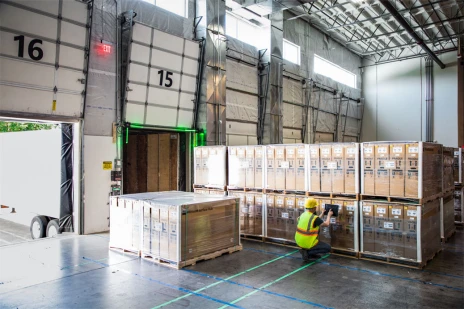
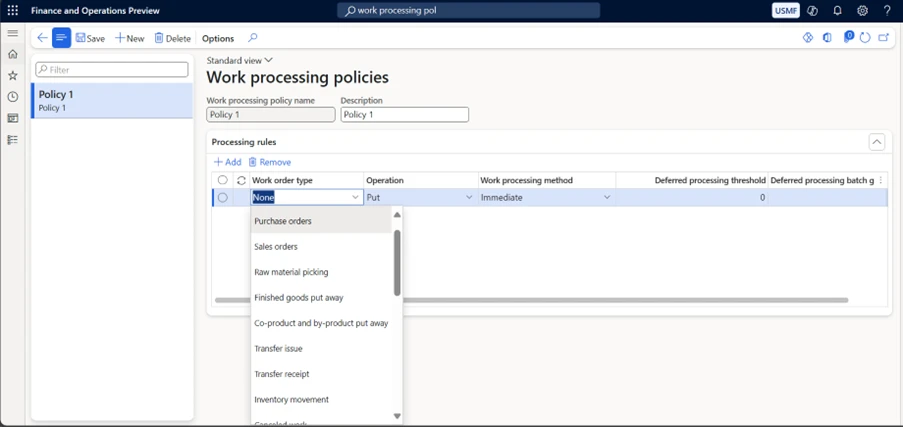
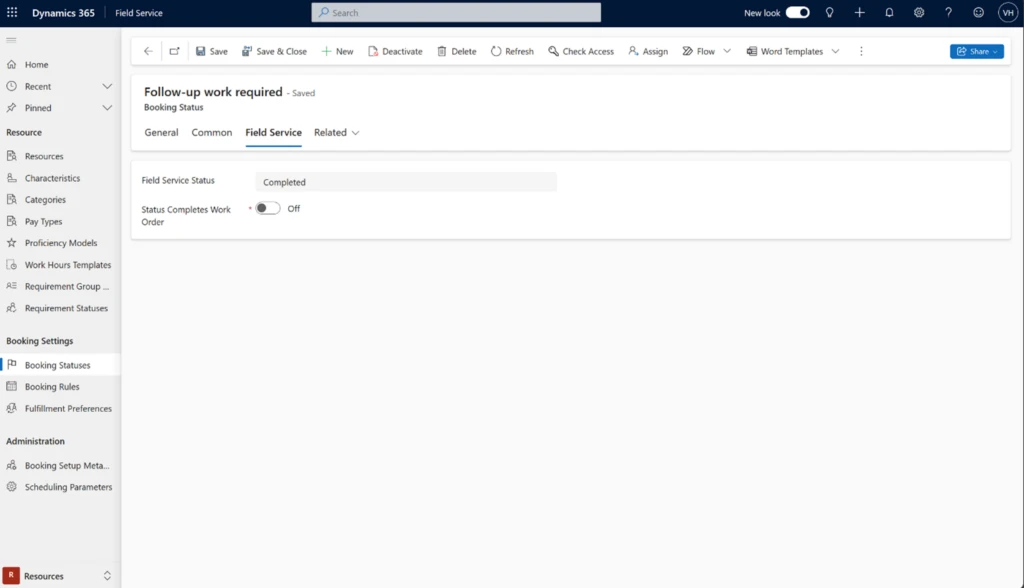
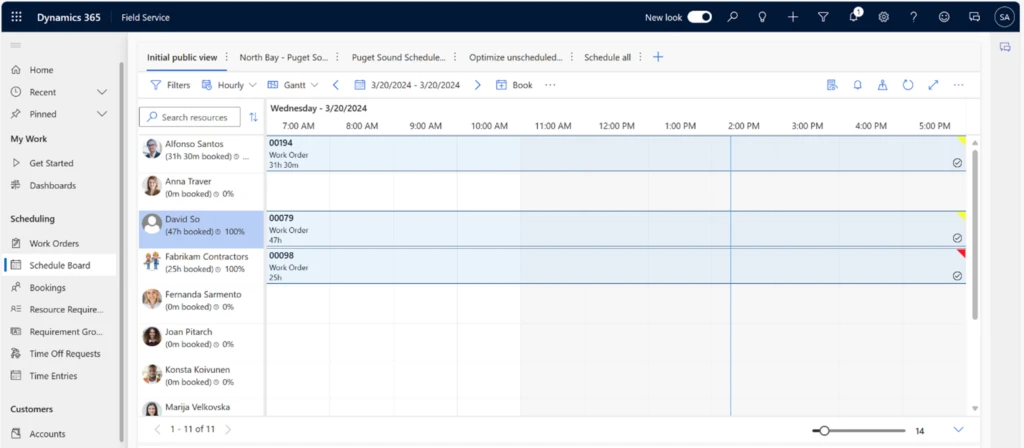
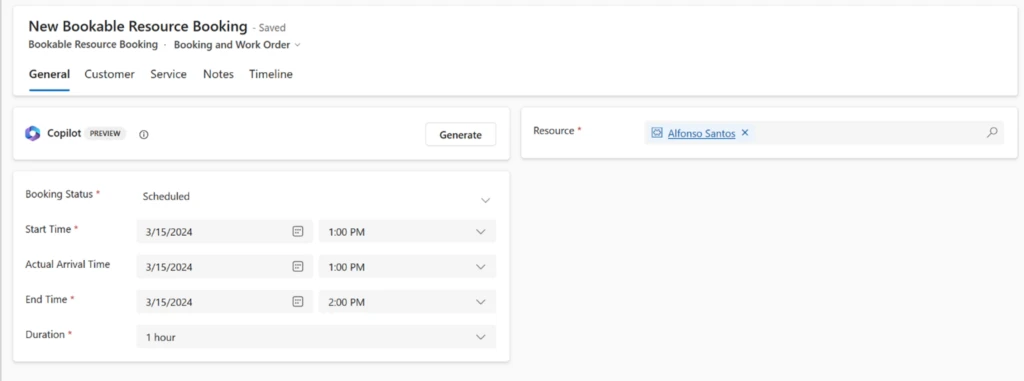

Recent Comments